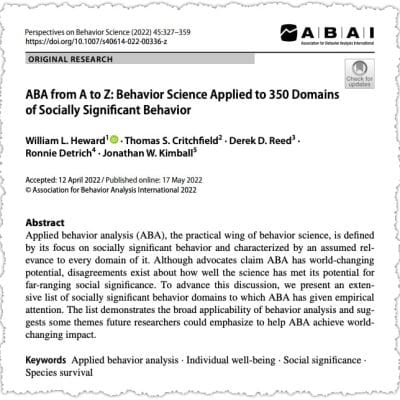2.1 Public and Private Language
Understanding language and cognition is key to understanding human behavior. Most of us use language, either publicly (such as talking) or privately (such as thinking) constantly. We are continually describing, categorizing, relating, evaluating, talking about, writing about, reading about, and thinking about everything around us.


This reflection highlights the central role of verbal behavior in understanding human cognition and behavior. From a behavior analytic perspective, language—whether overt or covert—is operant behavior shaped and maintained by environmental contingencies. Skinner’s analysis of verbal behavior provides a powerful framework for interpreting how individuals tact, mand, intraverbally relate, and engage in rule-governed behavior. Recognizing that much of our private events (i.e., thinking) function similarly to public verbal behavior reinforces the importance of incorporating verbal operants and relational frame theory (RFT) when assessing and intervening in complex human behavior.
This is a clear and insightful summary of how verbal behavior relates to cognition and behavior. I found the connection to RFT especially valuable. I appreciate the emphasis on private events functioning like public verbal behavior. It raises interesting questions about how we can better measure and analyze covert behavior.
This reflection made me wonder: how can clinicians practically balance Skinner’s framework and RFT when designing interventions?